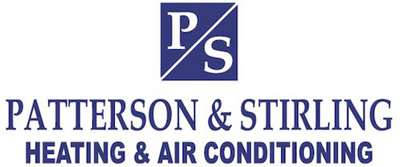Many people only think they need air conditioning repair when their system completely stops working. However, the fact is your air conditioner will often drop hints letting you know it’s in trouble before a complete breakdown that results in new AC installation. Noticing early problems and calling the experts at Patterson & Stirling to address issues early can spare you the hassle and expense of a full AC system breakdown. More importantly, it can prevent the hot and sweaty conditions created by having your AC fail on a hot day.
When you call us, our team of certified HVAC technicians will pinpoint what’s wrong, resolve the issue and get your AC back on track. We have years of experience and provide reliable, affordable AC service for our community.
Why hold off until your cooling system stops working? Skip all that hassle by calling 814-308-0416 today to schedule AC repair in Fairview, PA, from Patterson & Stirling.
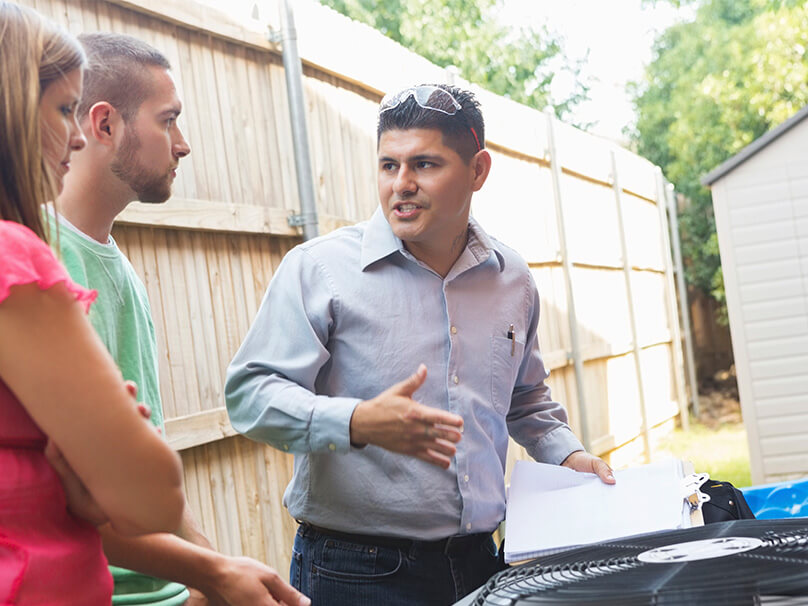
Warnings Signs You Need AC Repair
Wondering if your air conditioner requires service? From a stinky smell to warm air coming from the vents, there are many indicators that your cooling system has an issue and needs evaluation or repair.
Here are some warning signs that trouble may be around the corner and it’s time to call an HVAC technician from Patterson & Stirling:
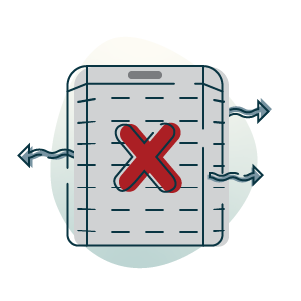
AC won’t blow cold air
If warm air is blowing out of your AC unit instead of cool air, or if the air isn’t as cold as you’d like, it’s a smart move to call us for professional cooling service.
Air conditioning keeps turning on and off
If your AC system turns on and off instead of completing its normal cycle, it could be a warning of potential issues and should be evaluated by one of our certified HVAC technicians.
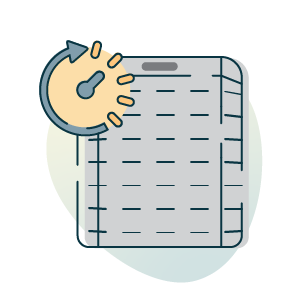
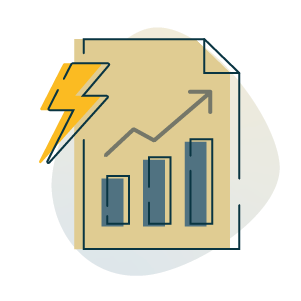
Cooling bills spike for seemingly no reason
A sudden spike in your energy costs can be a signal your AC unit is losing efficiency, which means it uses more energy to maintain a comfortable indoor temperature and needs AC maintenance or repair.
Odd smells are coming from your AC
Air conditioners aren’t supposed to smell. A strange smell coming from your AC unit should be checked by an expert, as they can be a red flag for issues like mold, mildew or even electrical issues.
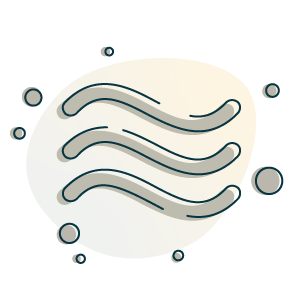
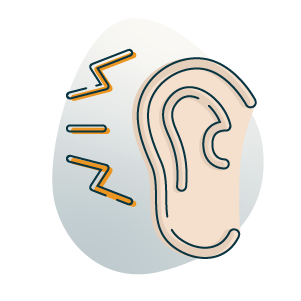
AC makes loud noises when it runs
If you hear unusual noises when your AC system is running — banging, scraping or squealing, to name just a few — it’s important to call for professional HVAC service to evaluate your system.
Request Pro Air Conditioner Repair Now
When you require air conditioning service quickly, contact the HVAC repair experts at Patterson & Stirling at 814-308-0416. We’ll quickly identify the problem when your equipment won’t work or provide enough chilled air.
